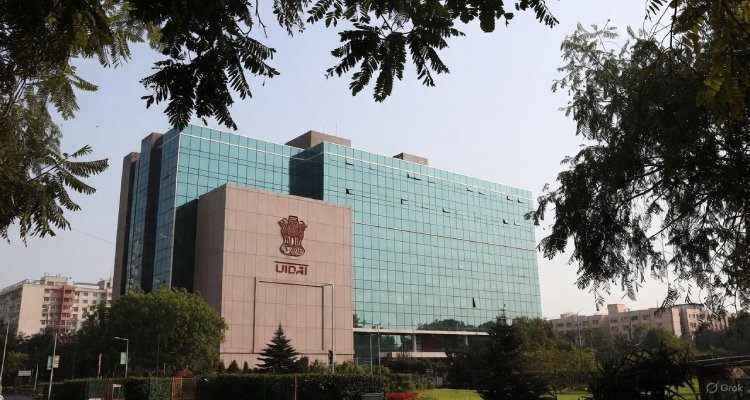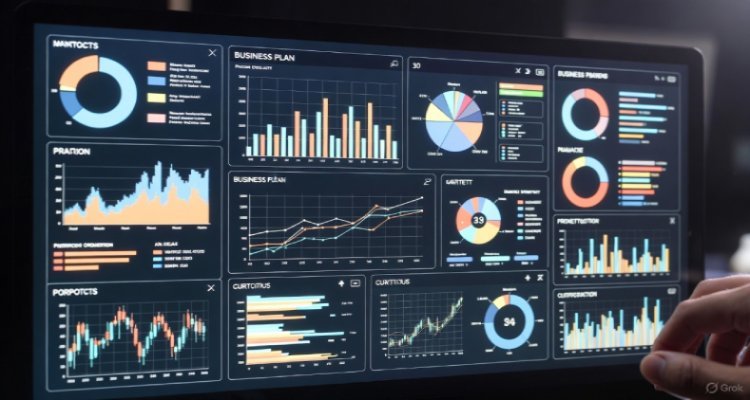Asteroid Mining and Space Habitats: What’s Actually in Development?
Asteroid mining and space habitats are no longer sci-fi dreams. Discover real developments, key players, and what’s next in humanity’s off-Earth ambitions.
Introduction: From Sci-Fi to Startup Strategy
In 2025, space is no longer just a place for telescopes and astronauts. It’s a potential goldmine—literally. From harvesting rare metals off asteroids to building off-Earth homes, companies and countries are investing heavily in what may become the most lucrative frontier of the century. But beyond the buzz and bold headlines, what’s actually in development?
Context & Background: Why Space is the Next Economic Frontier
Asteroid mining has been a topic of fascination since NASA first studied near-Earth objects (NEOs) in the 1990s. The idea? Mine these space rocks for water, iron, nickel, and even precious metals like platinum and gold. Meanwhile, with Mars and the Moon back on space agencies’ radar, the need for sustainable living environments—or “space habitats”—has become increasingly urgent.
What was once a far-off fantasy is now backed by billions in private and public funding, with players like SpaceX, Blue Origin, NASA, ESA, and even startups like AstroForge, OffWorld, and Vast pushing ambitious prototypes.
Main Developments: Who’s Doing What in 2025?
Asteroid Mining: The Breakthroughs and Roadblocks
AstroForge, a California-based startup, launched its first demo mission in April 2023, testing in-space metal refining tech. By mid-2025, it’s preparing a mission to rendezvous with an actual asteroid, aiming to extract and refine platinum-group metals.
NASA’s Psyche Mission—now in full flight—is heading to a metal-rich asteroid (16 Psyche), believed to contain enough nickel and iron to collapse global commodity prices. While it’s a scientific mission, the data gathered could reshape commercial mining strategies.
Meanwhile, Luxembourg and Japan have also shown strong interest in space resources. Japan’s Hayabusa2 brought back asteroid samples in 2020, and the nation is investing in commercial ventures.
Space Habitats: Building Homes Beyond Earth
On the habitation front, Blue Origin’s Orbital Reef, a proposed private space station in collaboration with Sierra Space and others, is targeting deployment before the decade ends. The habitat aims to serve as a mixed-use business park in low Earth orbit (LEO), housing research labs, tourists, and manufacturing facilities.
Vast, a startup led by ex-SpaceX engineers, plans to launch the world’s first commercial space station with artificial gravity—Haven-1—as early as 2026. It will provide temporary living quarters and serve as a testbed for long-duration space life.
Even China is expanding its Tiangong Space Station, integrating more modules and preparing for extended human presence.
Expert Insight & Public Reaction
“We’re not just talking about science fiction anymore,” says Dr. James Green, former Chief Scientist at NASA. “The infrastructure for asteroid mining and off-Earth living is slowly but surely being put into place.”
Investors are increasingly bullish. Space-focused venture capital hit $12 billion in 2024, according to Space Capital’s Q4 report. Still, skeptics remain.
“It’s sexy, but it’s far from profitable right now,” warns Dr. Karen Amara, a space policy expert at MIT. “The regulatory, technical, and ethical hurdles are enormous.”
On social media, public sentiment is mixed. While some celebrate a new era of exploration, others voice concern over privatizing space resources and leaving Earth’s problems unsolved.
Impact & Implications: Who Gains—and Who Might Lose?
If asteroid mining becomes viable, the global resource market could be upended. Platinum, for example, currently priced at over $1,000 per ounce, could see a massive price drop if extracted in bulk from space.
But the real advantage may be in water. Extracted water can be split into hydrogen and oxygen—creating rocket fuel. This opens doors to fuel depots in orbit, reducing launch costs and enabling deeper missions.
For space habitats, the implications are geopolitical as well as scientific. Countries with early access to orbital real estate and asteroid lanes may shape the rules of future off-world economies. It’s a space race not just for dominance, but for survival and expansion.
Meanwhile, legal frameworks like the Outer Space Treaty (1967) are being tested. Who owns a mined asteroid? Who regulates orbital construction? These are live questions with no clear global consensus.
Conclusion: Earth’s Next Economy Might Not Be on Earth
The dream of mining asteroids and living in space isn’t decades away—it’s happening, step by step, project by project. While many challenges remain—technical, ethical, and legal—the foundations are being laid. Whether driven by profit, survival, or human curiosity, one thing is clear: the final frontier is fast becoming the next economic battleground.
Disclaimer: This article is intended for informational purposes only. The developments discussed are based on currently available public data as of August 2025 and may evolve.











